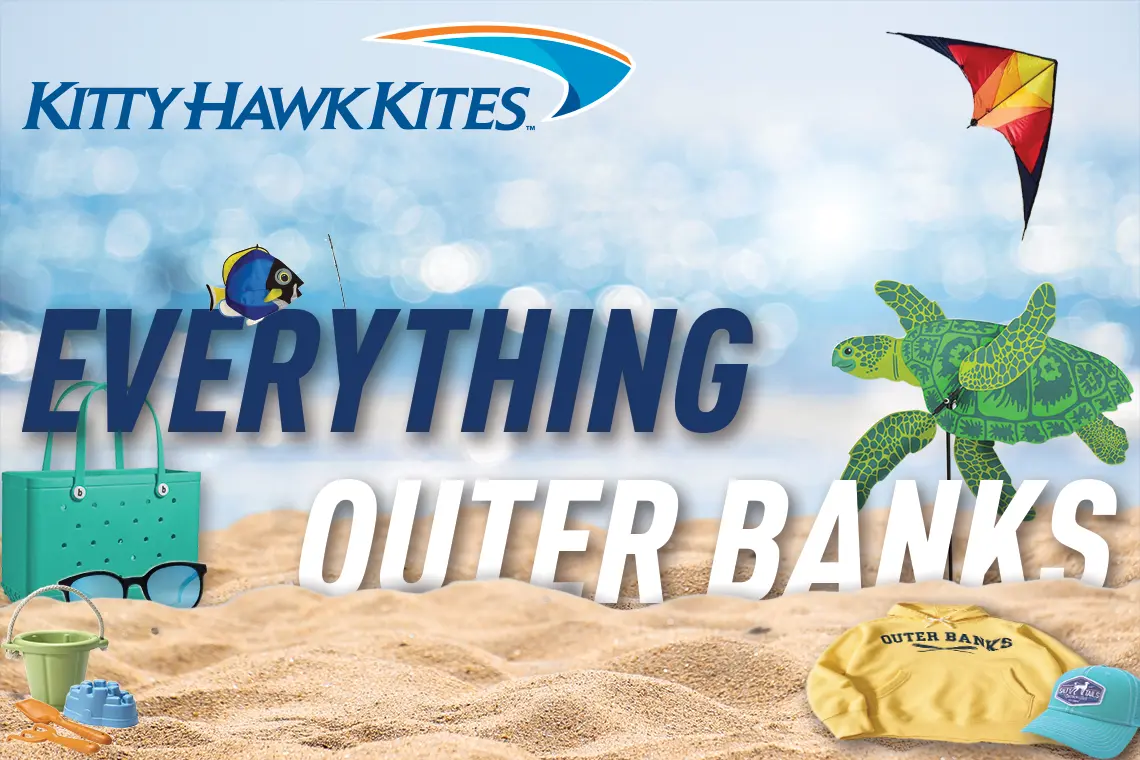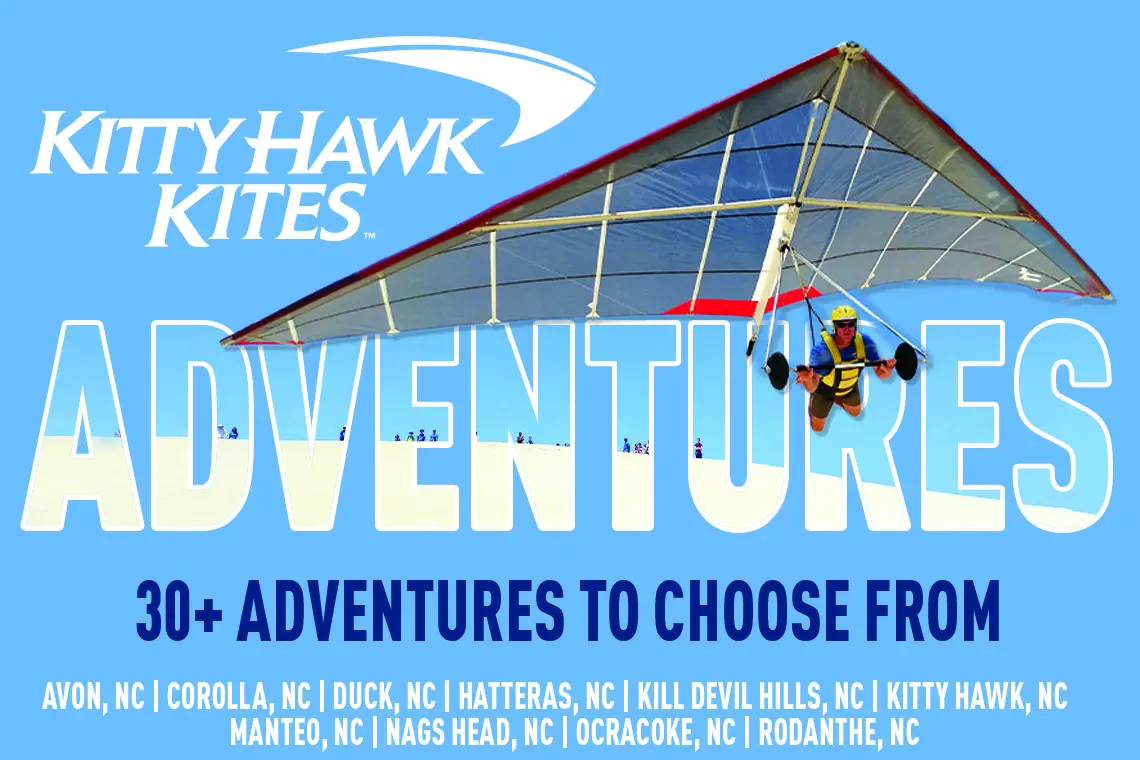Villages
There are seven villages on Hatteras Island, including the "tri-villages" of Rodanthe, Waves and Salvo, which are located adjacent to each other, and essentially feel like one, long town.
Every community has its own charm, and own selection of attractions and amenities, and visitors are encouraged to take a long drive along NC Highway 12 to explore every unique village.
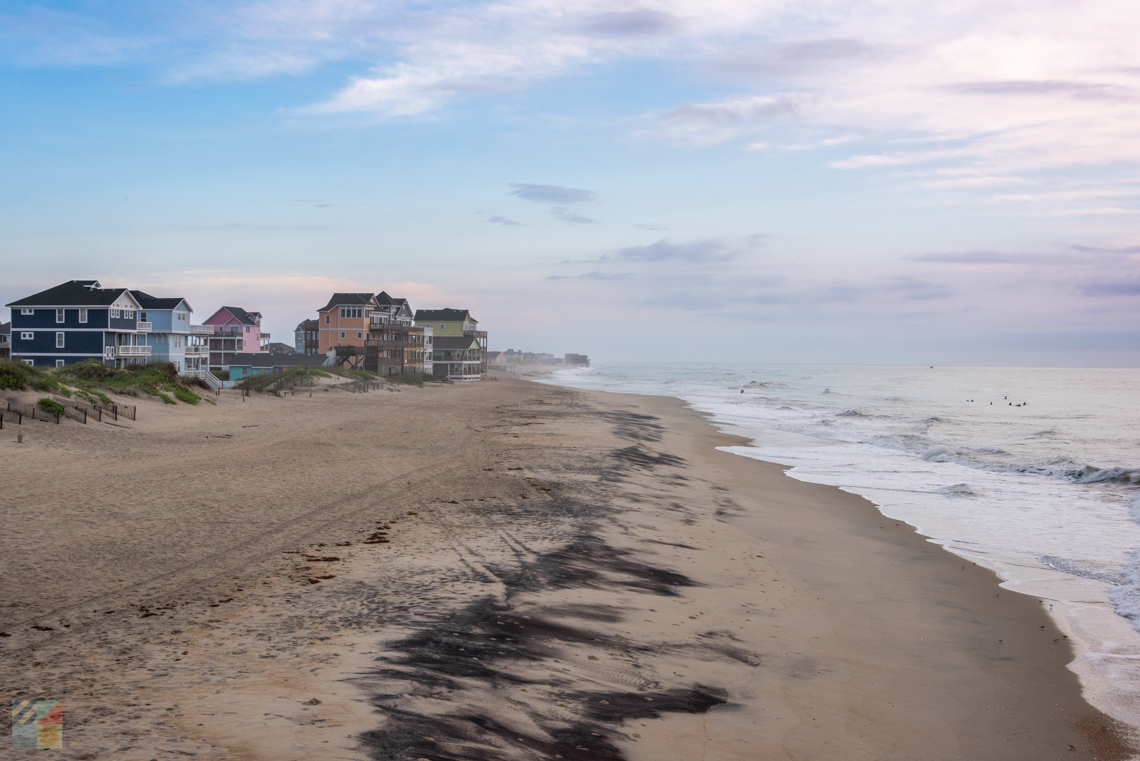
Rodanthe - Rodanthe is the northernmost village on the Outer Banks and borders the 13-mile-long Pea Island National Wildlife Refuge. The historic 19th Century Chicamacomico Lifesaving Station is found here, as well as a fishing pier and a small cluster of convenience stores, tackle shops and restaurants. Rodanthe was also the setting of the famed Nicholas Sparks novel and subsequent movie, "Nights in Rodanthe."
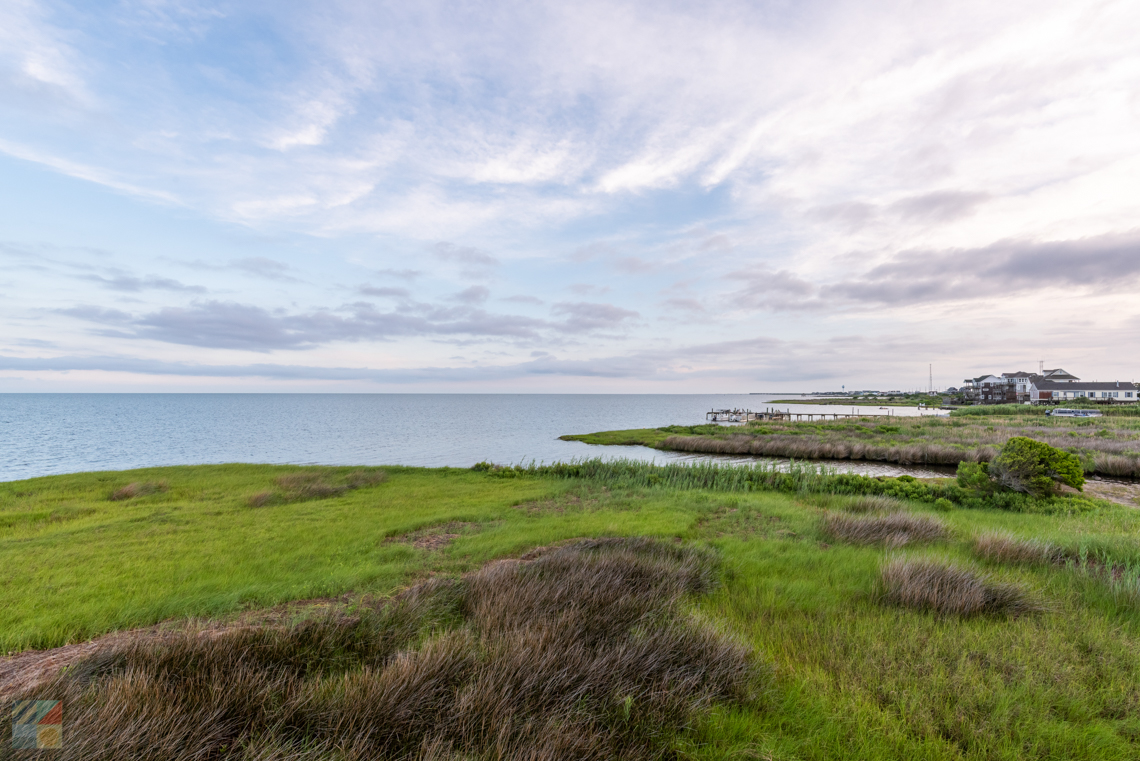
Waves - Waves is sandwiched in between the towns of Rodanthe and Salvo, and is home to two of the island's largest watersports complexes, which are managed by REAL Watersports and Kitty Hawk Kites. Waves is also home to a number of vacation rentals, real estate offices, and campgrounds, including the newly renovated KOA campground.
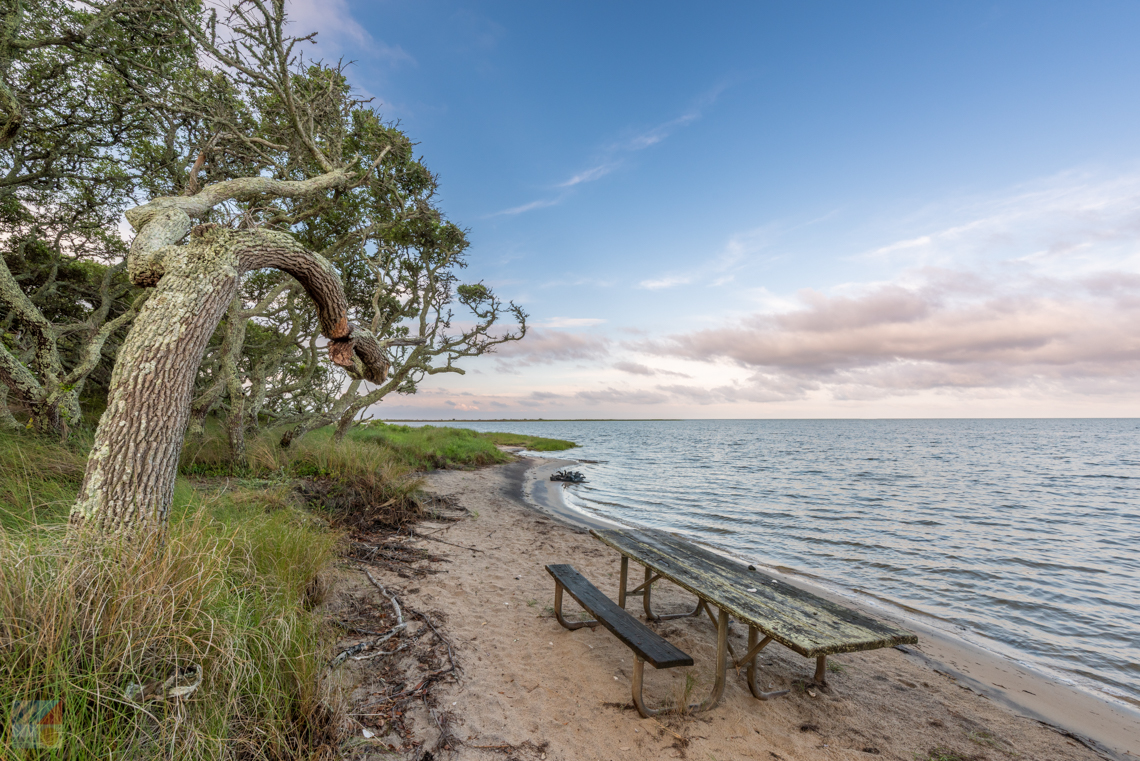
Salvo - Salvo is located at the southern end of the tri-villages, and borders roughly 14 miles of undeveloped Cape Hatteras National Seashore. It's also adjacent to a 4WD beach access ramp, (Ramp 24) and the Salvo Day Use Area, which is a popular parking and launching spot for kiteboarders, windsurfers and kayakers. The town is also home to some of the tri-villages' most opulent vacation rental homes.
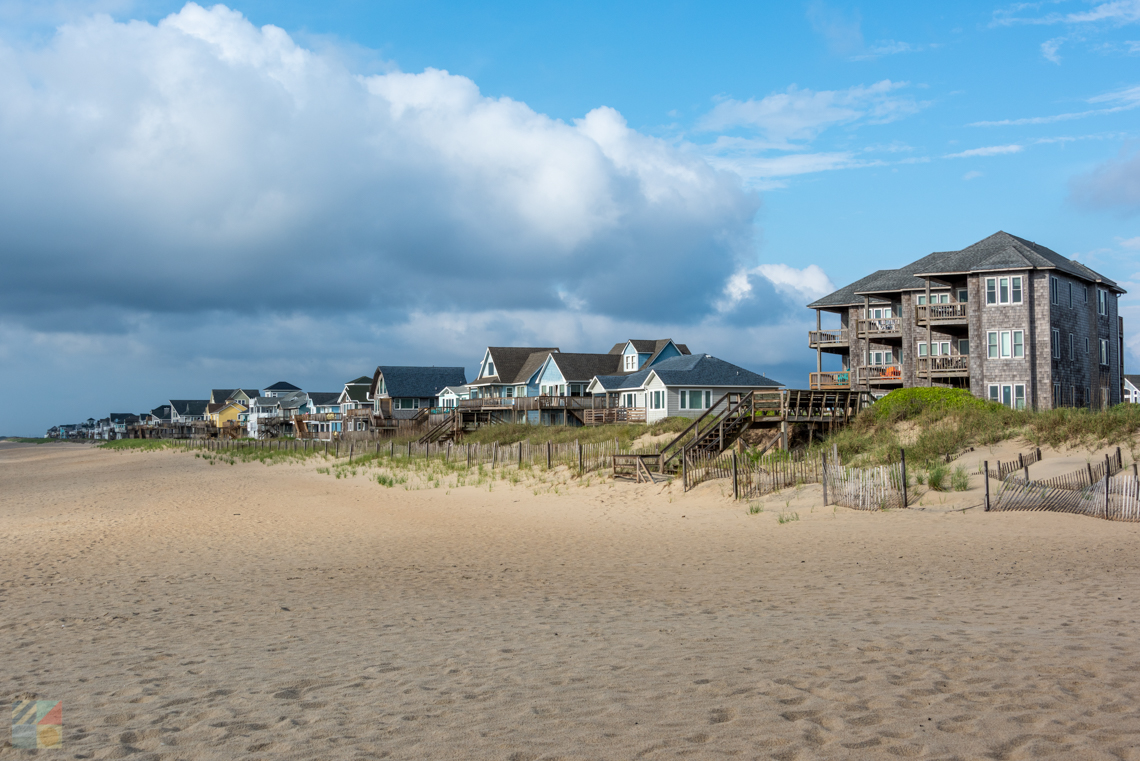
Avon - Avon is centrally located along Hatteras Island, and is home to the island's sole chain grocery store, a medical center, a chain hardware store, and a number of shops and restaurants. The Avon Pier and Spa Koru Beach Club are also found here, as well as the historic Avon Village and Avon Harbor House. The community is also located just a couple miles south of the Little Kinnakeet Lifesaving Station, which is in the process of being renovated by the National Park Service.
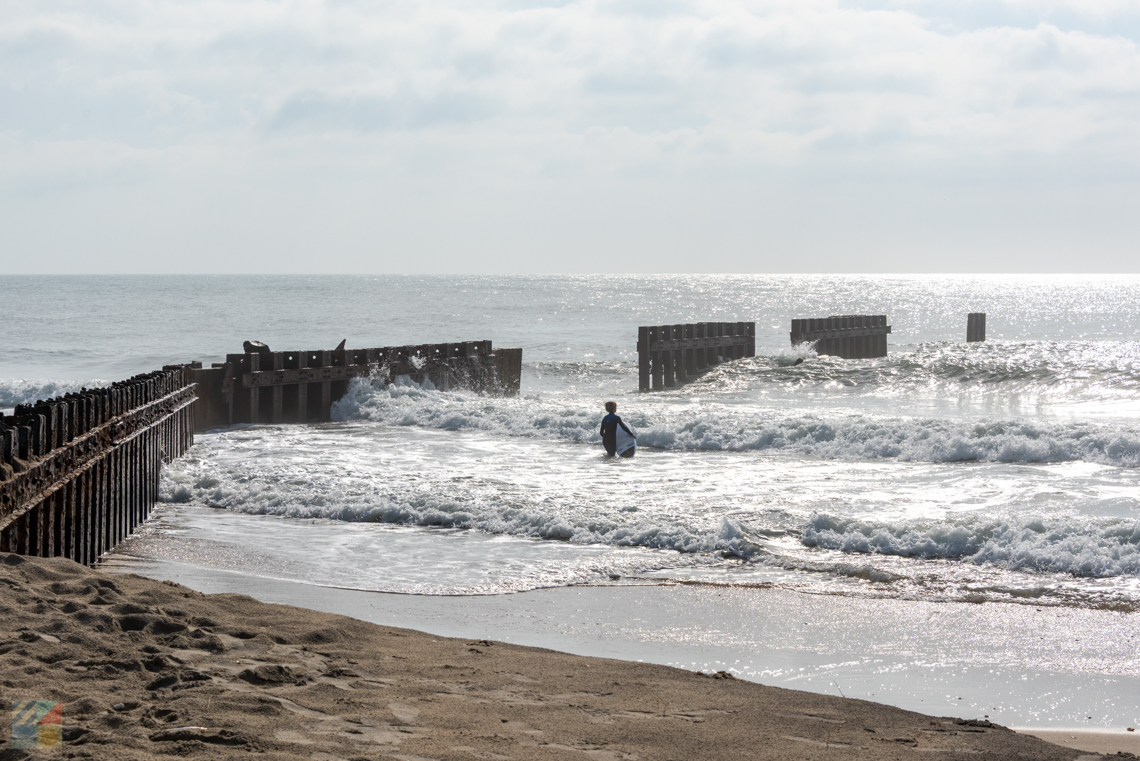
Buxton - Buxton is located on the widest portion of Hatteras Island, and is home to the famous Cape Hatteras Lighthouse, the fishing Mecca Cape Point, the expansive Buxton Woods Coastal Reserve, and plenty of restaurants, shops and services. The area is a mixture of vacation homes, motels, B&Bs, and year-round residences, and is the most populated year-round community on Hatteras Island.
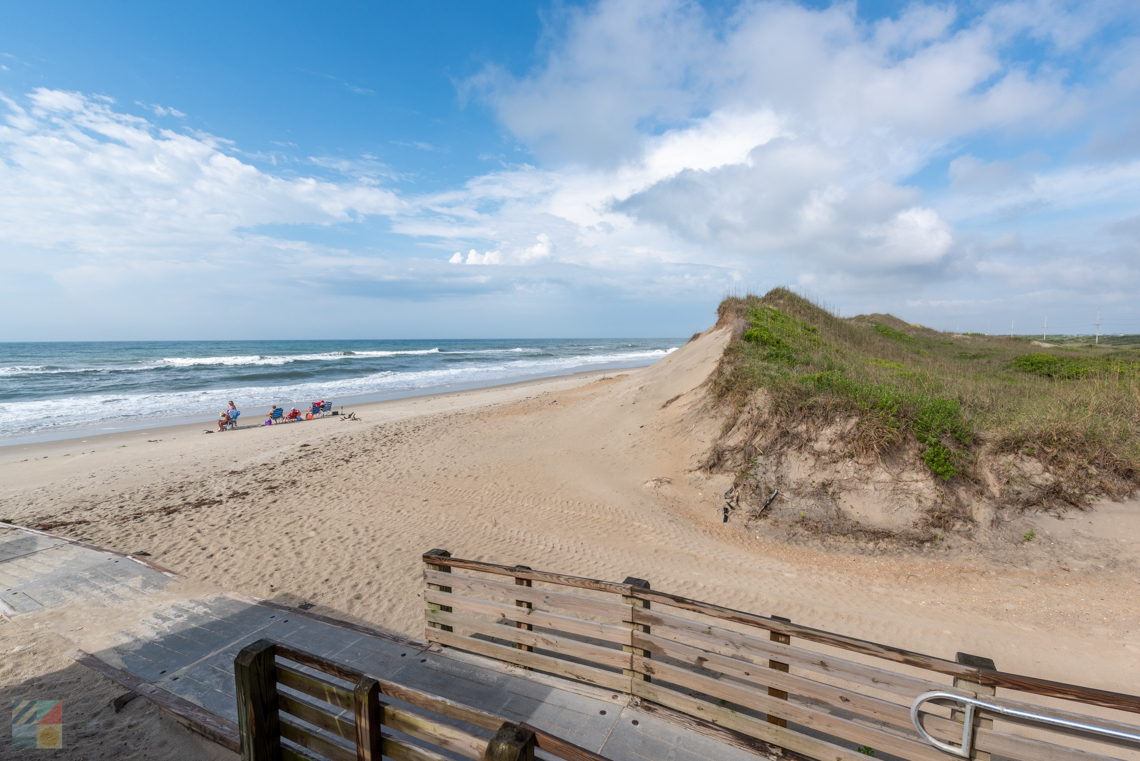
Frisco - Frisco features both wide, wooded terrain and oceanside vacation rental communities. The town features a handful of restaurants and stores, several well-known campgrounds, the Frisco Native American Museum, and the island's only small airport.
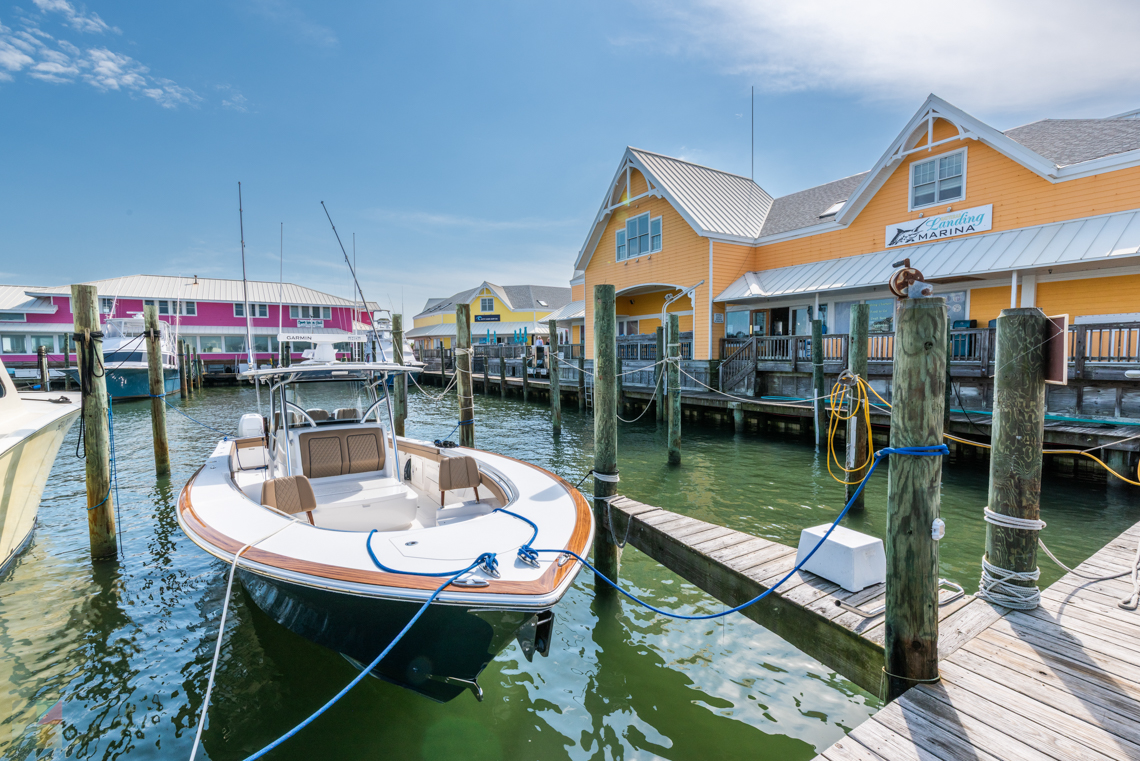
Hatteras - Hatteras Village is located at the southern tip of the island and borders both the Ocracoke / Hatteras ferry docks as well as Hatteras Inlet. The town is famous for its exceptional fishing, and there are dozens of fishing charter boats that are stationed along a half dozen soundfront marinas. The town is also home to the island's library, a historic grocery store and US Weather Station, a collection of restaurants, the Hatteras Landing shopping center, and a number of motels and vacation rentals.
How did the areas get their names?
Most of the regions, street names, and local landmarks on Hatteras Island have names that are somewhat unusual, and which date back centuries. The majority of the communities' names were originally derived from local Native American tribes, although there are a few legends sprinkled in to explain some of the more unobvious monikers.
Avon - Avon was originally named "Kinnakeet," after the local Kinnakeet Native American tribe that lived in the region. Avon locals are still referred to as "Kinnakeeters," even though the town name was officially changed to Avon by the US Post Office more than a century ago in 1883.
Hatteras - The village and island of Hatteras was derived from the "Hatterask," an original Native American tribe, and one of the larger Native American communities at the time of the first European explorations in the 1500s.
Rodanthe - Rodanthe was originally called "Chicamacomico," after the region's local Native Americans. The town's most famous attraction, the Chicamacomico Lifesaving Station, still retains the original moniker.
Salvo - According to legend, the town name of "Salvo" was coined after a passing Civil War-era Union vessel fired a cannon salvo upon this region of the Outer Banks, and then noted the strike, or Salvo, on a map. The name stuck, and was officially adopted by the US Post Office in 1901.
Shelling, Snorkeling, Paddle Boarding, Eco Tours & Light Fishing. Guided family adventure trips on Hatteras Island, NC. We take your group to multiple tidal islands along the Cape Hatteras seaside. These islands are constantly changing and...
Sun Realty offers the Best Selection of Vacation Rentals on the Outer Banks. Our large selection of Outer Banks rentals means you can choose from a wide range of amenities, including private swimming pools, hot tubs, theater rooms, game rooms, pet...
Looking to fly a kite on the beach or atop the spectacular dunes of Jockey’s Ridge State Park? Kitty Hawk Kites offers the largest selection of kites, wind art, flags, games, and toys on the Outer Banks, with experts on staff to get you flying...
Kitty Hawk Kites has been Teaching the World to Fly since 1974 and is home to the world’s largest hang gliding school. As the Outer Banks leader in quality outdoor recreation and adventure, Kitty Hawk Kites offers more than 30 activities to...



